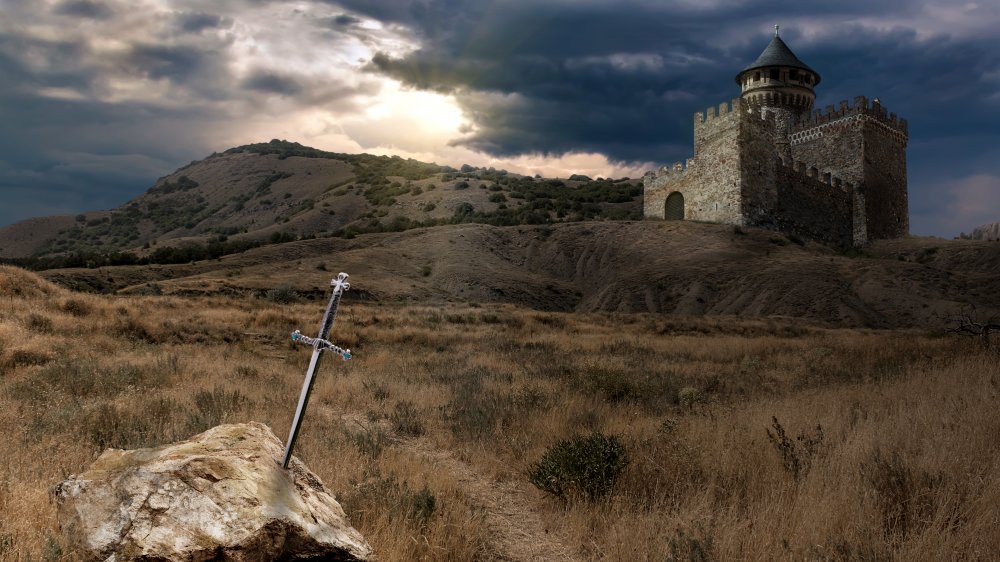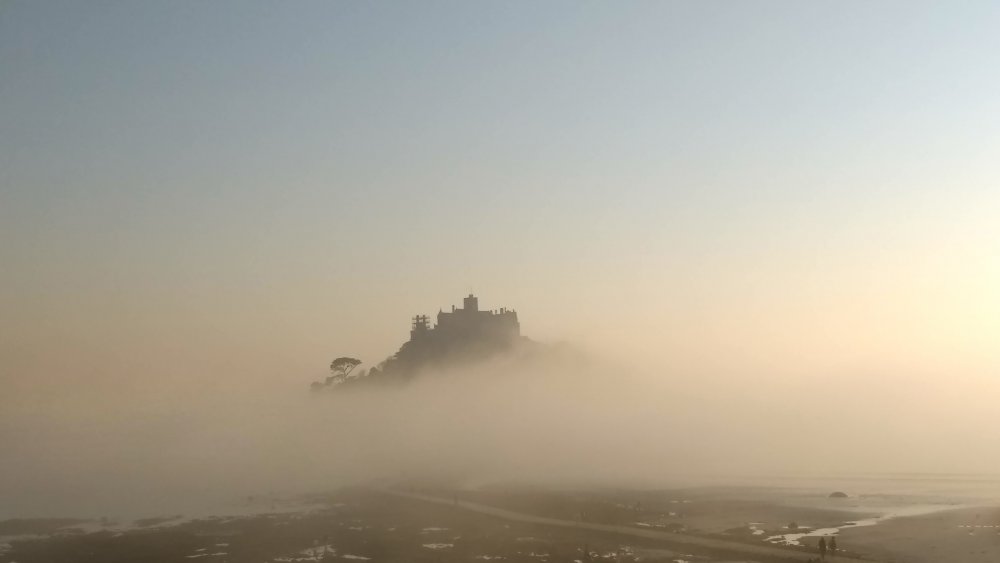Did Camelot Actually Exist?
Camelot. Few names in the public domain evoke the same reaction in the imaginations of the young at heart, nor the same public displays of musical number memorization from British comedy nerds. More than just a place, it represented an ideal: The best and noblest of man's potential, turned real. A haven for the just and the pure ... and, depending on which version of the story you're reading, as good a place as any for King Arthur to sleep with his sister.
The court of Arthurian legend holds a special place in Western culture, where it has come to symbolize a romantic utopia. John F. Kennedy's presidency is often referred to as Camelot, and nothing bad ever happened there. Maybe it's because of that folkloric ubiquity that people take its existence for granted. Maybe it's because the Arthurian legends took place outside of the United States, making it impossible for most Americans to distinguish them from history, like Downton Abbey or the death of Princess Diana. Regardless, was Camelot real?
Not really, no
Camelot is real in the hearts of children everywhere, certainly. In a literal sense, not at all, no. Probably. That's part of how it got so famous.
According to Britannica, the name Camelot "is variously identified with Caerleon, Monmouthshire, in Wales, and, in England, with the following: Queen Camel, Somerset; the little town of Camelford, Cornwall; Winchester, Hampshire; and Cadbury Castle, South Cadbury, Somerset." Or, to put it another way, it could've been anywhere. Leaving the location of Arthur's court nebulous may have contributed to the stories' popularity, in fact, as they could've taken place in any corner of a nation frequently fractured by conflict. Arthur was everyone's king.
The realization that the legendary castle — like King Arthur himself — never existed, may be hard to swallow, in which case, here's some good news to help the medicine go down: In 1983, a tourist attraction called The Magical Kingdom of Camelot Theme Park opened in scenic Lancashire, England, according to Theme Park Tourist. The whole thing featured castles, roller coasters, and games centered around Arthurian legend. It closed in 2012, and has since dilapidated into a dangerous eyesore covered in graffiti and populated by urban wildlife. Which, in a lot of ways, makes it sound even better.

